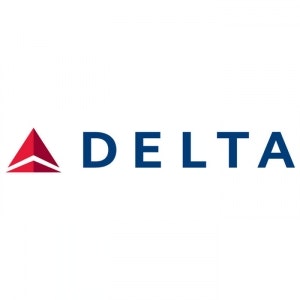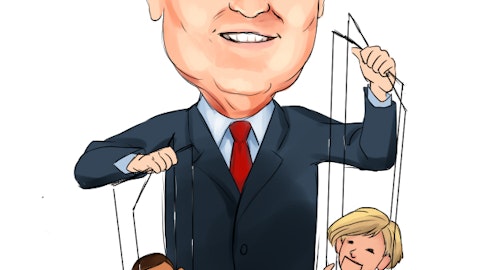Delta Air Lines, Inc. (NYSE:DAL) is focused on cash flow generation, strengthening its balance sheet, and improving customer experiences, and it’s made good progress in each of these areas. However, that doesn’t necessarily make it a good investment.
A relentless headwind
High fuel costs have led to the demise of many airlines throughout the years. They’re often the biggest reason airlines struggle to stay profitable.
Delta Air Lines, Inc. (NYSE:DAL) is no different. Fuel is its biggest expense. With the average fuel price per gallon rising from $3.05 in 2011 to $3.26 per gallon in 2012, those costs have become a bigger issue.

Cutting products and employees
Delta Air Lines, Inc. (NYSE:DAL) isn’t just looking to cut costs on fuel. As part of its ongoing $1 billion cost-initiative plan, Delta aims to trim expenses in various ways, including taking up to 200 of its fleet of 50-seat regional aircraft out of service. These older aircraft require a substantial amount of costly maintenance. The fleet reductions represent just one of Delta’s efforts to make better use of its resources and reduce its transportation expenses.
To further cut costs, Delta wants to make its staff more efficient, using technological upgrades to achieve higher productivity goals. This might be a nice way of saying that the company will reduce headcount in order to improve earnings.
Delta Air Lines, Inc. (NYSE:DAL) does have a profit-sharing program with employees, which aids motivation and customer service, but this has declined from 15% of annual profits to 10% of annual profits (up to $2.5 billion). In short, Delta is sharing less of its profits with employees — bad news for those workers, but potentially good news for investors.
Playing offense
At the same time that Delta cuts costs, it wants to improve customers’ experiences. Even as it reduces aging aircraft counts, it will also upgrade aircraft interiors with more First Class and Economy Comfort seats (including four added inches of leg room and 50% more recline space), in-flight WiFi, and extra carry-on space.
Delta has also invested in Aeromexico and GOL, giving the airline increased exposure to the two largest markets in Latin America. And Delta took a 49% stake in Virgin Atlantic, which will improve its trans-Atlantic position with 66 connections to North America and the United Kingdom. Both deals increase Delta’s potential revenue.
Important numbers
Cost-cutting strategies are a great idea, but they don’t mean much without results. While we don’t yet know the long-term effects of some of the plans mentioned above, we can take a look at Delta’s progress thus far.
Delta’s 2012 passenger revenue improved by 4% to $1.6 billion over 2011, as fare increases overcame flat year-over-year traffic. Passenger Revenue Per Available Seat Mile (PRASM) jumped 7%, mostly thanks to corporate travel contracts. However, total operating expenses increased $1.4 billion, mostly because of higher fuel expenses and salary and pension costs.
Therefore, Delta Air Lines, Inc. (NYSE:DAL) is seeing a similar situation to many other companies in other industries. Demand isn’t increasing, but companies with good management teams are still finding ways to grow the top line, often through price increases.
Delta might be similar to other companies throughout the broader market, but we should take a look at peers for a better idea of industry performance.



